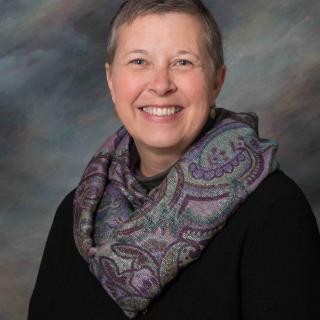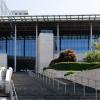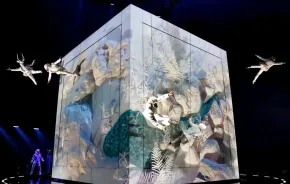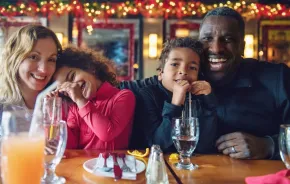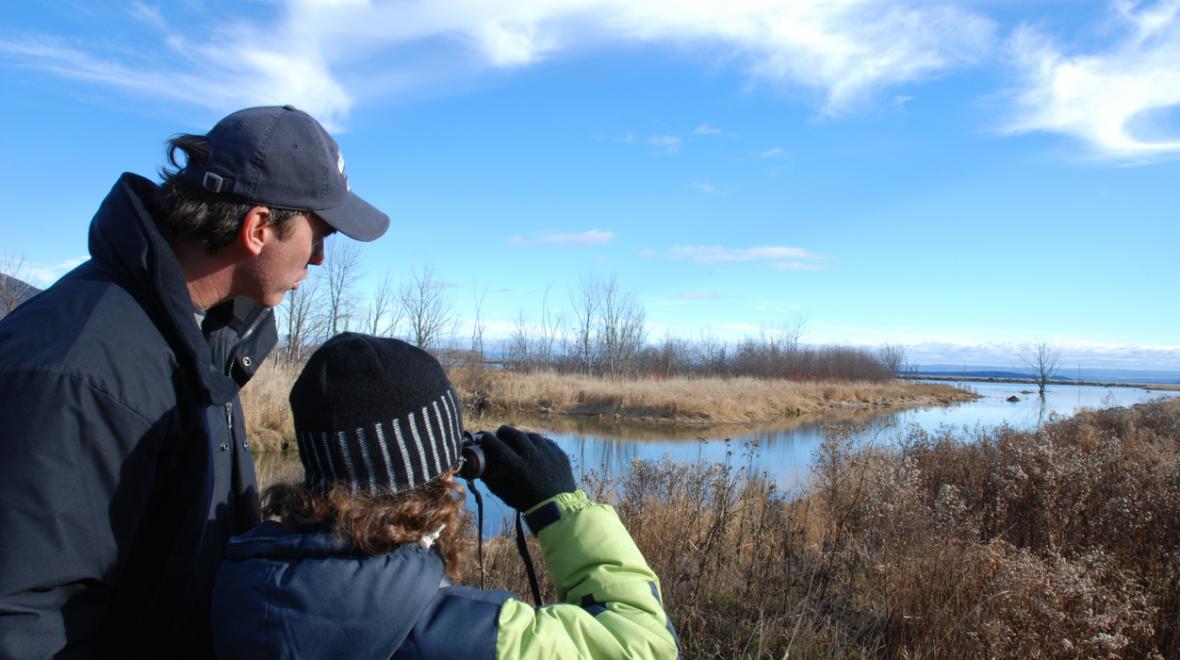
Citizen science, also referred to as community science, is an incredible anvenue for regular people — like you, me and our kids — to contribute to actual sciencific discovery. Through volunteerism, citizen scientists of all ages have applied their efforts to the study of global climate change, endangered species, national weather observations, ornithology, outer space, critter counts, marine life, ant tracking and, yes, even the biomes of belly buttons (um, ick!).
The awesome part is that all the data collected and shared by citizen scientists, including kids, amounts to real scientific change. Community science makes science accessible and meaningful to everyone. Best of all, citizen science gets kids and families excited about scientific study of the natural world around us.
10 ways for families to get involved in citizen science
From the birds, butterflies and the bees to the fishes in the sea, plenty of community science opportunities exist for families, kids and school groups in Washington. The following are just a few ways to get involved in community science in your own back yard and beyond.
Birds, bees and butterflies
BirdSleuth, a K–12 inquiry-based community science program of The Cornell Lab of Ornithology (CLO), engages students in scientific study, investigation and data collection on bird populations and conservation. Among its programs are Project FeederWatch (a November–April backyard count of birds), the Great Backyard Bird Count (the next GBBC runs Feb. 15–21, 2021) and NestWatch (a monitoring program designed to track status and trends in the reproductive biology of birds), all of which contribute data through the CLO’s online eBird database. BirdSleuth also offers teachers access to free downloads, such as the BirdSleuth Explorer’s Guidebook, as well as community science lesson-plan kits.
The Cascades Butterfly Project has volunteers monitor the baseline habitat conditions of butterflies in order to learn how climate is affecting their populations. Volunteers of all ages help catch, identify and then release butterflies; take photos; and submit geolocation data.
The Pacific Northwest Bumble Bee Atlas is a collaborative project to survey the bumble bees of Oregon, Washington and Idaho in order to more effectively enact conservation measures that will benefit these important native pollinators. Volunteer ambassadors (ambeesadors?) can submit observations of bumble bees to BumbleBeeWatch.org or become more involved by adopting a sampling grid cell to conduct and submit more formal surveys.
Puget Sound marine life
Community science is alive and going swimmingly at the Seattle Aquarium, where students receive training from experienced field researchers to help monitor intertidal areas in central Puget Sound on low-tide days from April through May. Powered by approximately 400 high school students from area schools, the Citizen Science program gathers data on dozens of marine species. This information, in turn, is made available to university, governmental and not-for-profit institutions for the purposes of informing scientific endeavors.
Seattle Aquarium also hosts a local Beach Naturalist Program. Students and their teachers go to the beach at low tide on school days to investigate what’s on the beach. Public days also invite kids and families to explore the beach and discuss their finds with volunteer naturalists. Although this program does not collect data, it is a great opportunity for younger beachcombers to experience community science.
Northwest animals and their habitats
Conservation Northwest knows that people make conservation happen. Check out its largest volunteer program, the popular Citizen Wildlife Monitoring Project working to collect wildlife data along the I-90 corridor. Families can contact the organization to learn more about opportunities that might be available and suitable for kids, including seasonal habitat restoration planting parties.
Our area zoos offer fantastic opportunities to explore our natural world while also contributing meaningfully to real science research. Woodland Park Zoo runs a number of conservation science programs worth checking out, including an initiative to monitor eight different species of frogs, toads and salamanders; and a spotter program for documenting the presence of urban carnivores.
Similarly, Tacoma’s Point Defiance Zoo & Aquarium (PDZA) has partnered with the University of Washington and Northwest Trek Wildlife Park on a community science project to report sightings of carnivores such as coyotes and raccoons in the Tacoma area.
Point Defiance Zoo & Aquarium and the Woodland Park Zoo invite people across the Seattle-Tacoma metropolitan area to join their annual City Nature Challenge, a friendly nature-observation competition in which citizens can take and upload photos of wild plants and animals using the iNaturalist app. Check the website for the announcement of 2021 dates, typically in spring.
The Pacific Education Institute (PEI) in Olympia sponsors FieldSTEM, a program that engages school districts to guide outdoor investigations, projects and reporting with an environmental, agricultural or natural resource focus. PEI also supports school districts in customizing their own FieldSTEM projects.
Our state's wild spaces
Trails across Washington need our help and support more than ever. Washington Trails Association (WTA) provides many ways for kids ages 10 and older and their families to get involved, from opportunities to join a trail work party (no experience needed!) to youth volunteer vacations for high school students ages 14–18.
Hiking families with kids of any age can contribute to WTA’s mission by submitting trip reports to its robust database of more than 160,000 user-submitted posts. Researchers at the University of Washington and the U.S. Forest Service use data from WTA trip reports to help gain information about when and where hikers are using trails — information that can help the land agencies best manage their resources. So, what are you waiting for? Take a hike!
More citizen science ideas for Seattle-area families
|
Editor's notes: This article was originally published in 2020 and some programs mentioned may still be on hold due to pandemic restrictions. ParentMap managing editor Patty Lindley contributed to this article.




